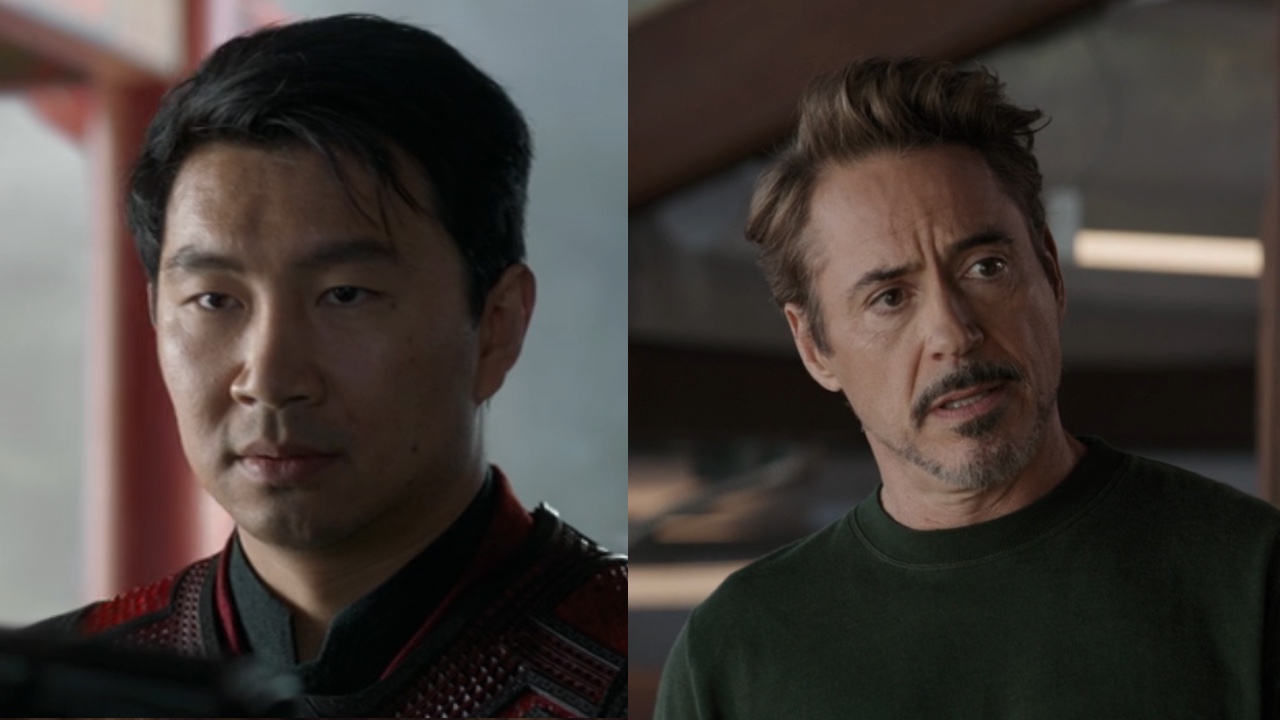32 Movie And TV Show Apocalypses And How They Happened
The origins of the ends.
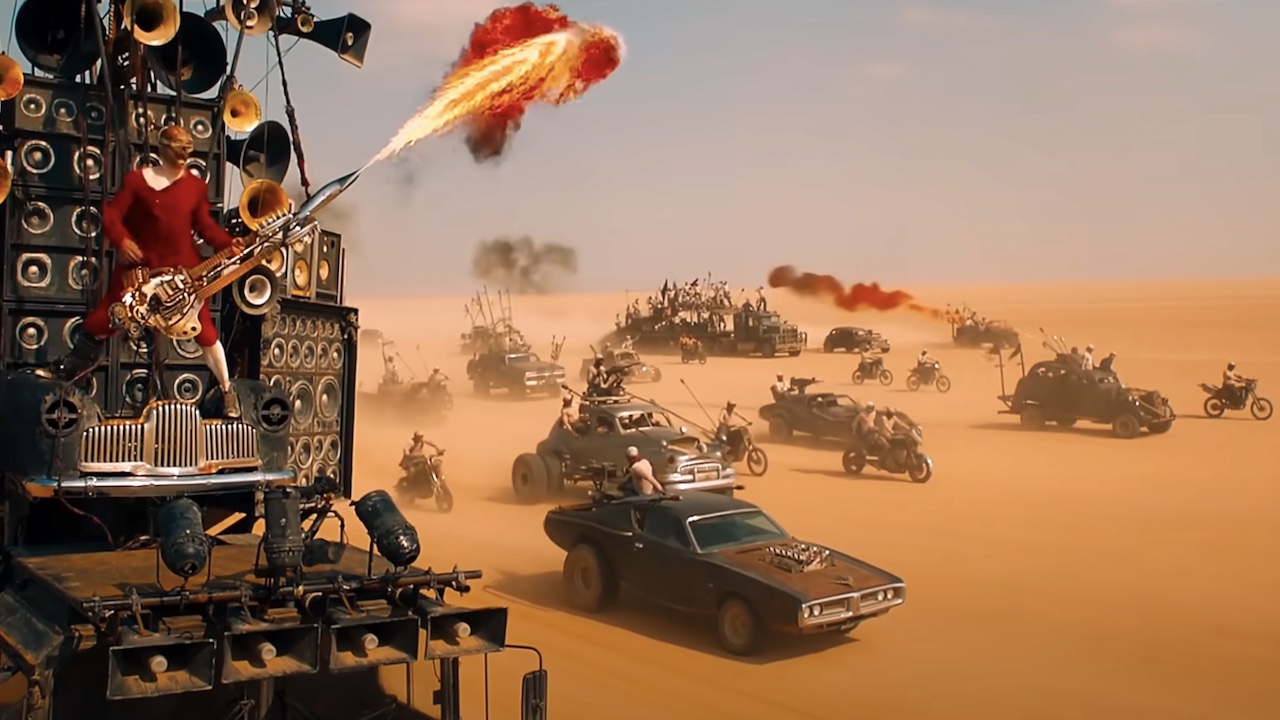
Have you ever felt like you exist in a post-apocalyptic movie or TV show? Well, before you start building an underground bunker, stock up on non-perishable food, and practice any other survival tactics you know, take a look back at some of the best dystopian movies (and the genre's finest small-screen entries) and see if the potential causes to civilization's downfall that they provide feel at all familiar to you.
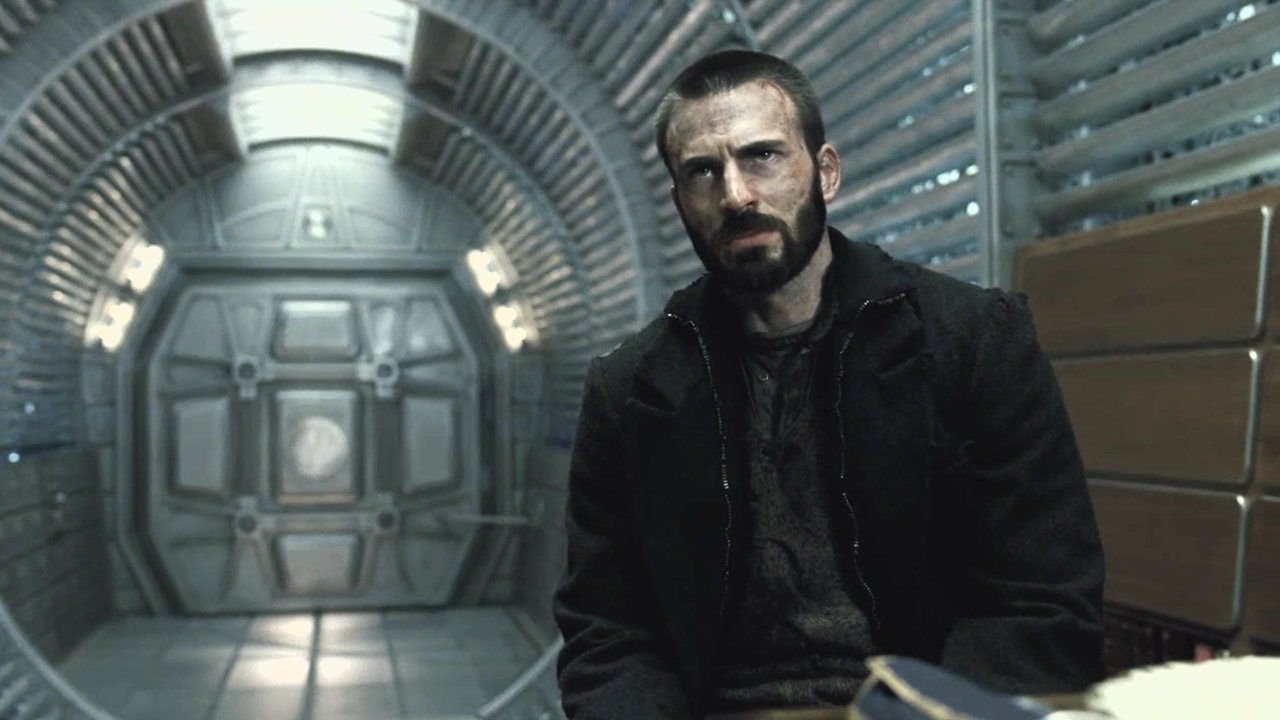
Climate Change Experiment Gone Wrong (Snowpiercer)
In Bong Joon-ho's 2014 adaptation of the French graphic novel, Snowpiercer, a diverse group of passengers boards a self-sustaining bullet train right before an experimental attempt to reverse climate change turns the outside world into an uninhabitable tundra. Seventeen years later, the survivors have set up a caste system from inside the train, but some of the impoverished citizens of the caboose, led by Curtis (Chris Evans in one of his most underrated performances), aim to resist.
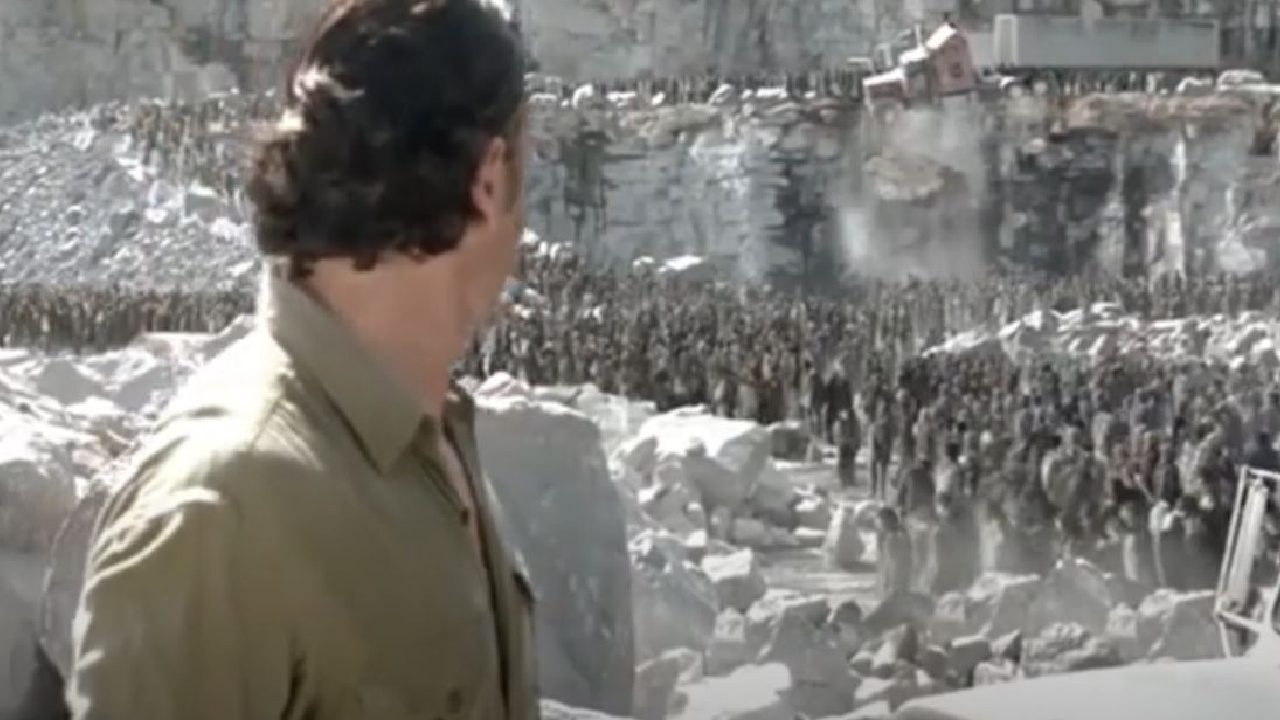
Global Outbreak Of Post-Fatal Reanimation (The Walking Dead)
Until an explanation was provided in the post-credits scene from the finale of the short-lived spin-off, The Walking Dead: World Beyond, we never knew what caused the "Walker Apocalypse" in AMC's series adaptation of Robert Kirkman's hit comic book. However, the second season did reveal a unique aspect of the zombie virus, in that all survivors are somehow doomed to be reanimated no matter how they die unless their brain is destroyed.
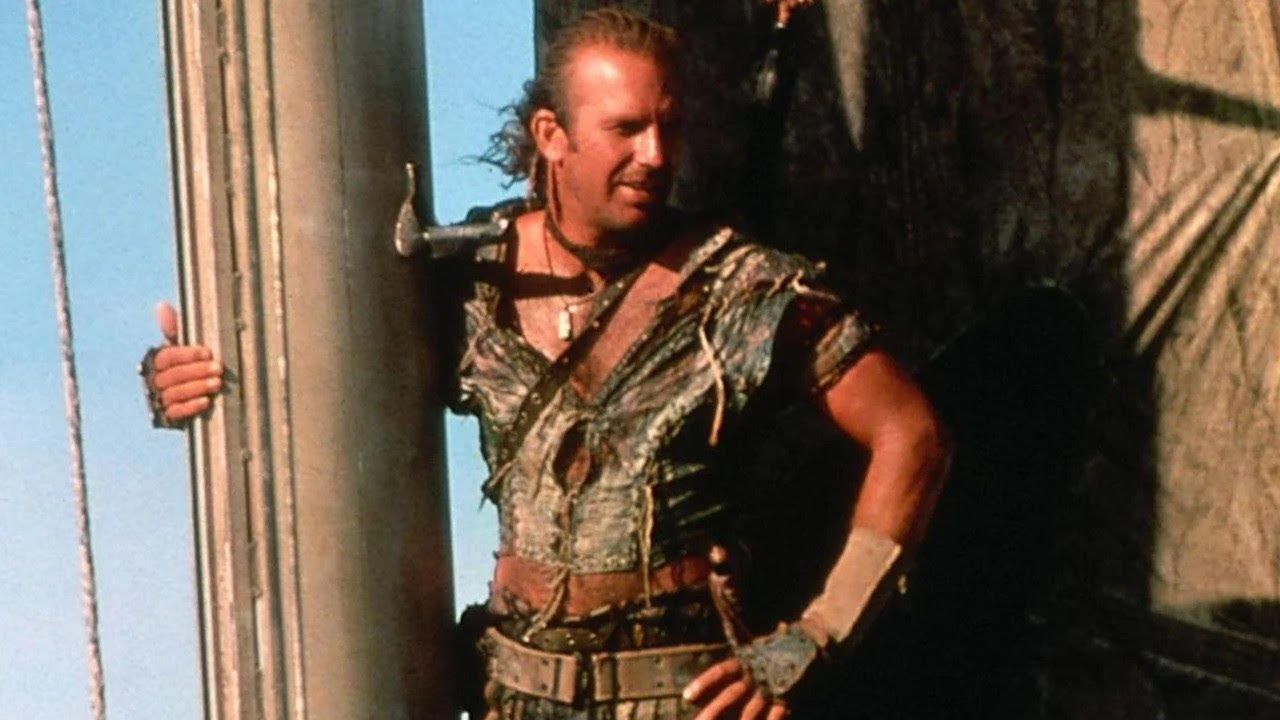
Flooded Earth (Waterworld)
In Waterworld, global warming worsens enough to melt the polar ice caps, causing mass flooding that leaves the entire Earth fully submerged... or so it seems. Kevin Costner stars in the now beloved 1994 box office flop as a mariner who searches for what is believed to be the last of dry land in this anarchic dystopia.
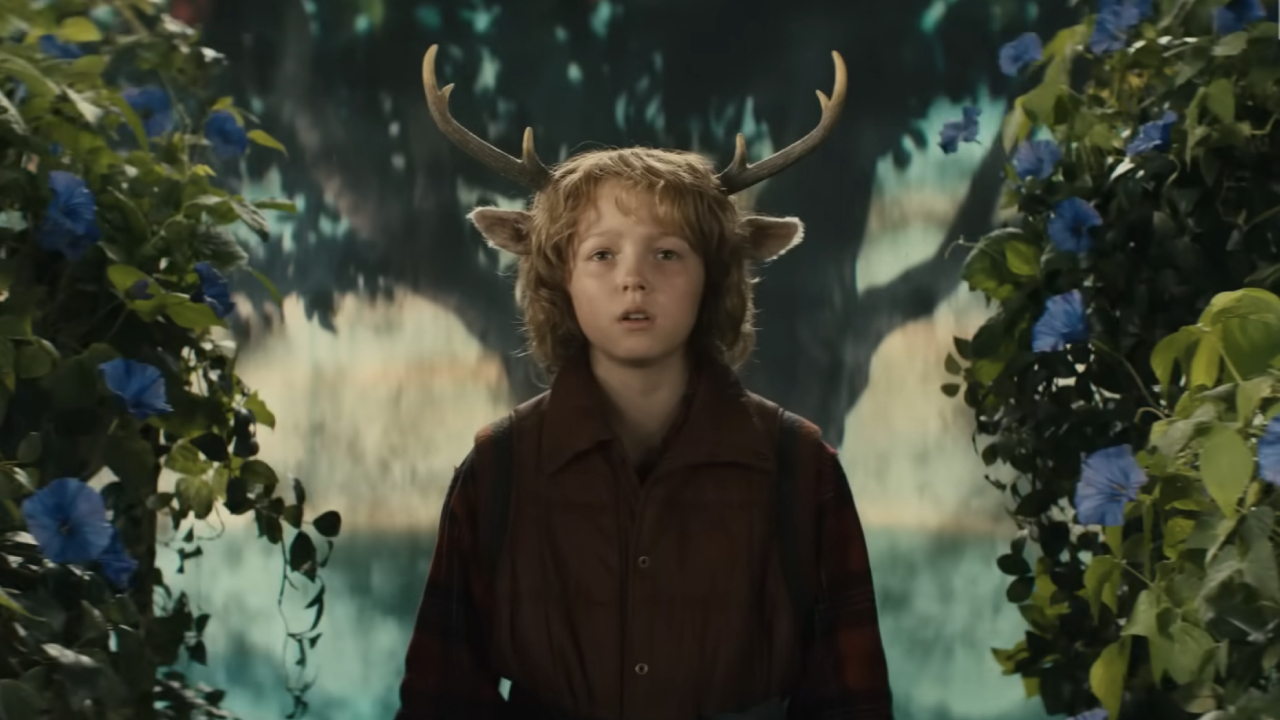
Mystical Tree (Sweet Tooth)
Based on the DC Vertigo comic book series by Jeff Lemire, Sweet Tooth tells the story of a deadly virus that broke out at the same time many infants were mysteriously born as human/animal hybrids, causing suspicion that these unique beings were somehow responsible for the pandemic. In the Netflix fantasy series finale, it is revealed that a unique tree with antlers for branches was attacked by an axe-wielding human, inspiring it to kill the human race and replace them with animal-like beings.
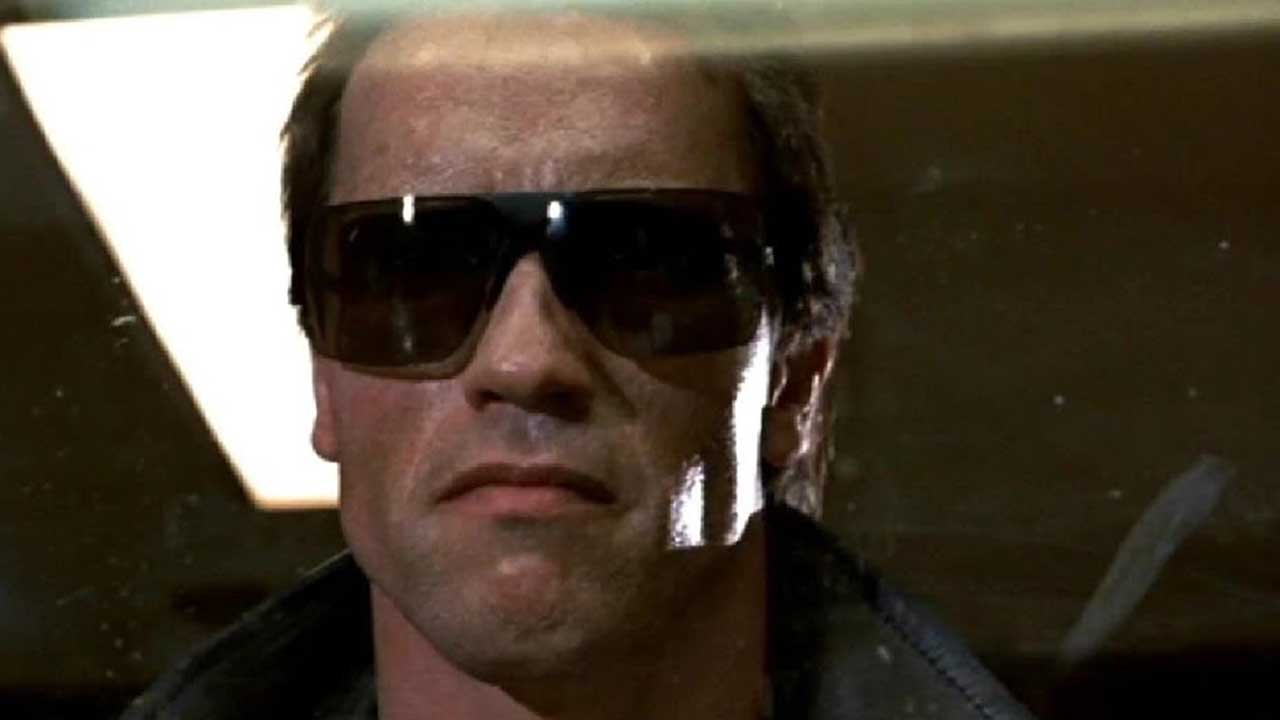
Artificial Intelligence (The Terminator Movies)
The first three Terminator movies are, more than anything, time travel movies set in the modern day that provide hints and glimpses of a future eradicated by sentient machines. The fourth installment, 2009's Terminator: Salvation, is the first to be set entirely in the wartorn dystopia in which a grown-up John Connor (Christian Bale) leads a human resistance.
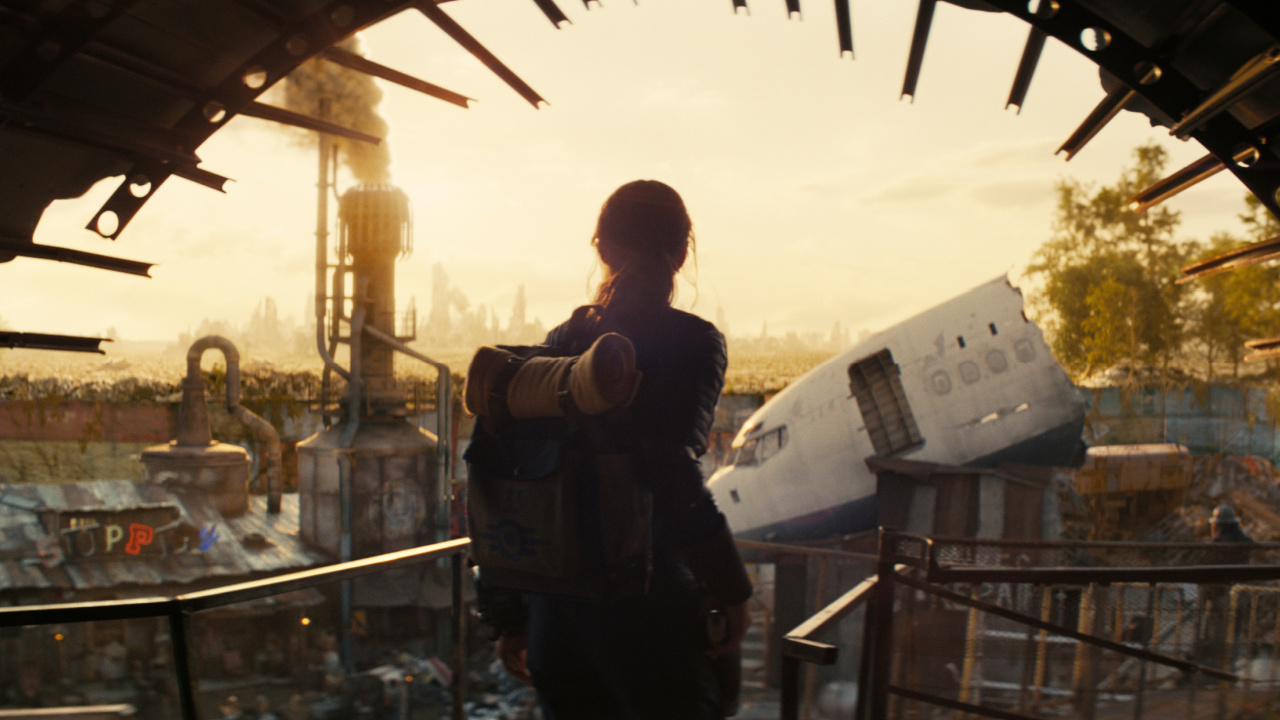
Nuclear Disaster (Fallout)
The long-running video game franchise, Fallout, and its Amazon Prime original series adaptation involves a unique depiction of a world eradicated by nuclear bombs, forcing some lucky people underground and others struggling to endure the surface. It takes place in the distant future, but one in which microprocessors were never invented, causing technological progress to remain largely trapped in the 1950s.
Your Daily Blend of Entertainment News
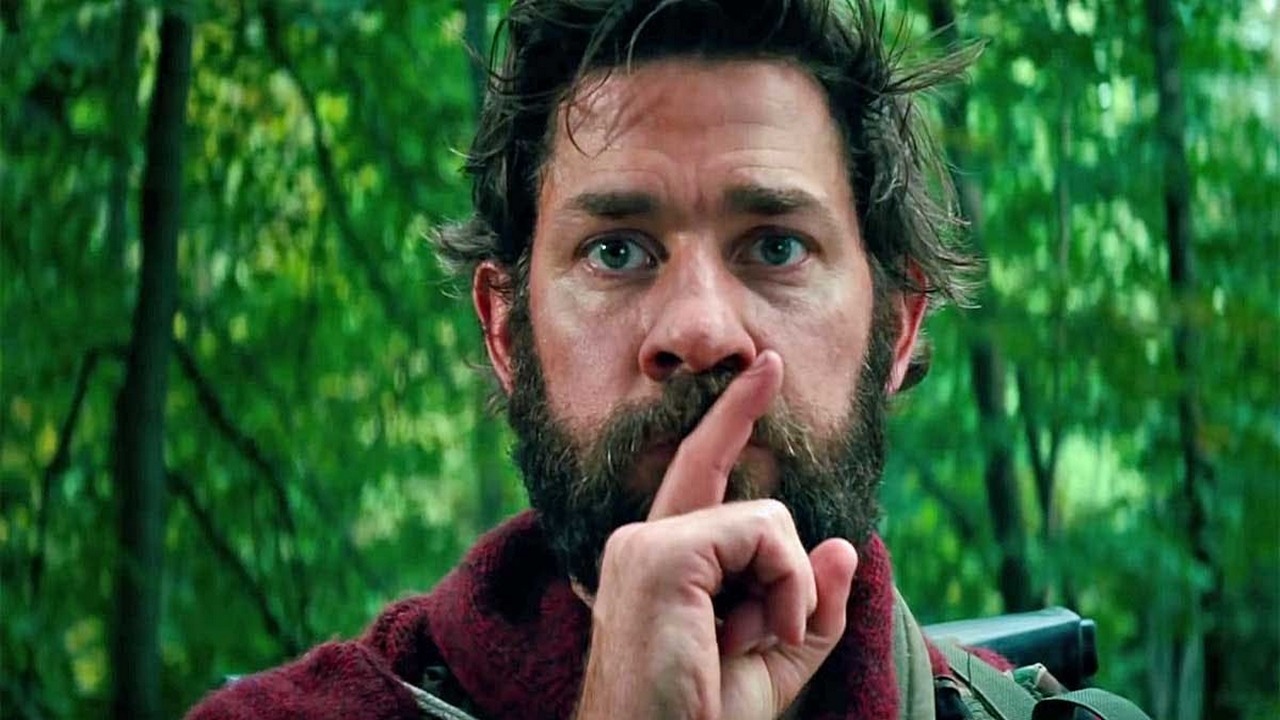
Sound-Hunting Aliens (A Quiet Place)
The A Quiet Place movies depict the ongoing aftermath of an alien invasion that is easy to survive, as long as you watch your volume. The vicious "Death Angels," as they are called, cannot see but have impeccable hearing ability that makes them a danger to anyone who makes even the slightest peep.
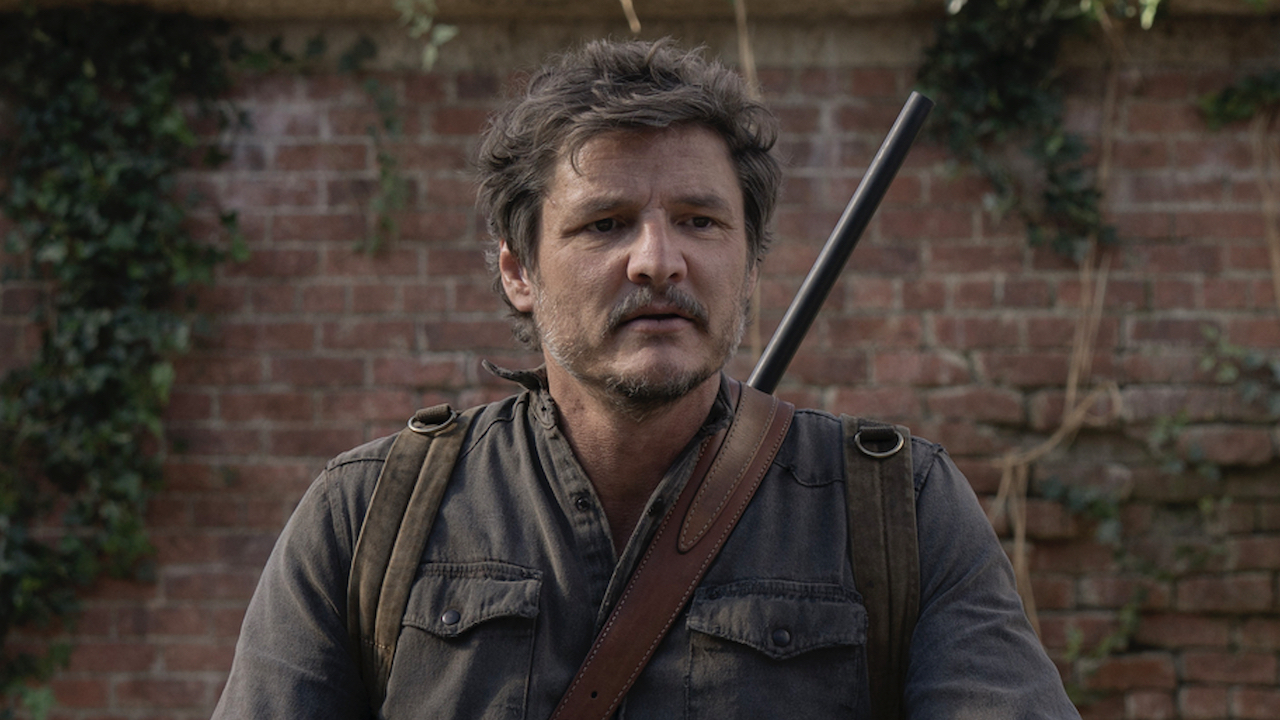
Cordyceps (The Last Of Us)
Craig Zobel developed one of the most acclaimed video game adaptations of all time with his HBO series based on the hit PlayStation game, The Last of Us. One of the most interesting things about the show's take on zombie fiction is that the inciting incident — a Cordyceps fungus that turns humans into grotesque monsters — is scientifically plausible.
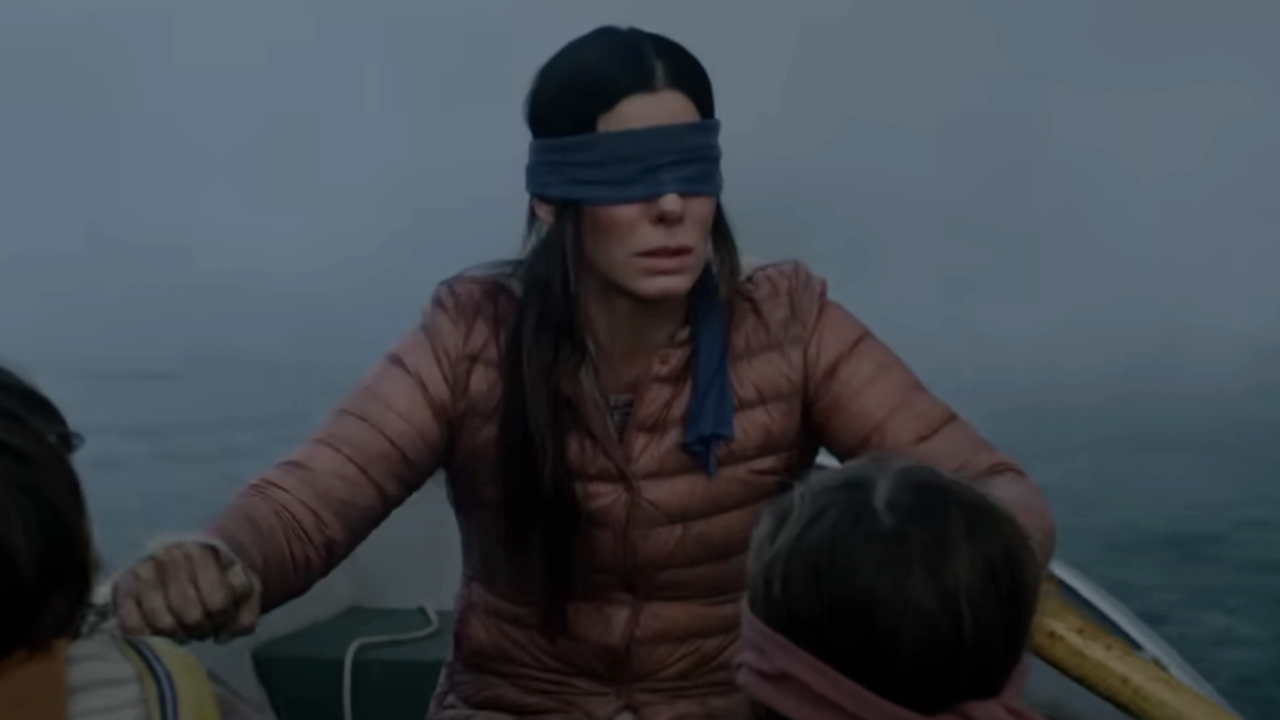
Unknown, Psychologically Manipulative Phenomenon (Bird Box)
Even though Josh Malerman's novel that inspired Bird Box was published years before A Quiet Place was released, many audiences compared the 2018 Netflix original thriller to it for somewhat understandable reasons. Instead of aliens that force survivors to keep quiet, Sandra Bullock's character and others must shield their eyes from a mysterious force that has a fatal effect on some and a dangerous psychological effect on others.
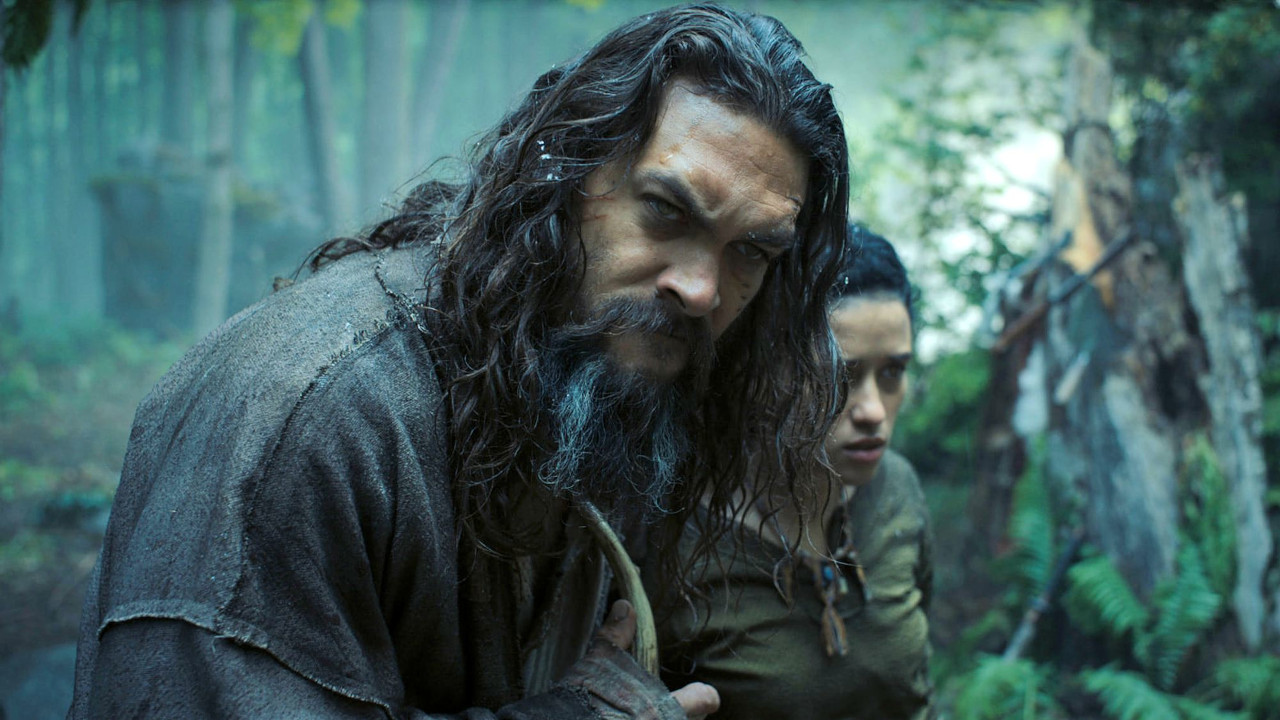
Universal Loss Of Sight (See)
Jason Momoa leads the Apple TV+ series See, which foretells a global virus that leaves a mere few million survivors, whose descendants are later born blind. The main setting takes place so far in the future that the sense of sight is believed to be a myth among the people, who live in a more primitive and tribal society.
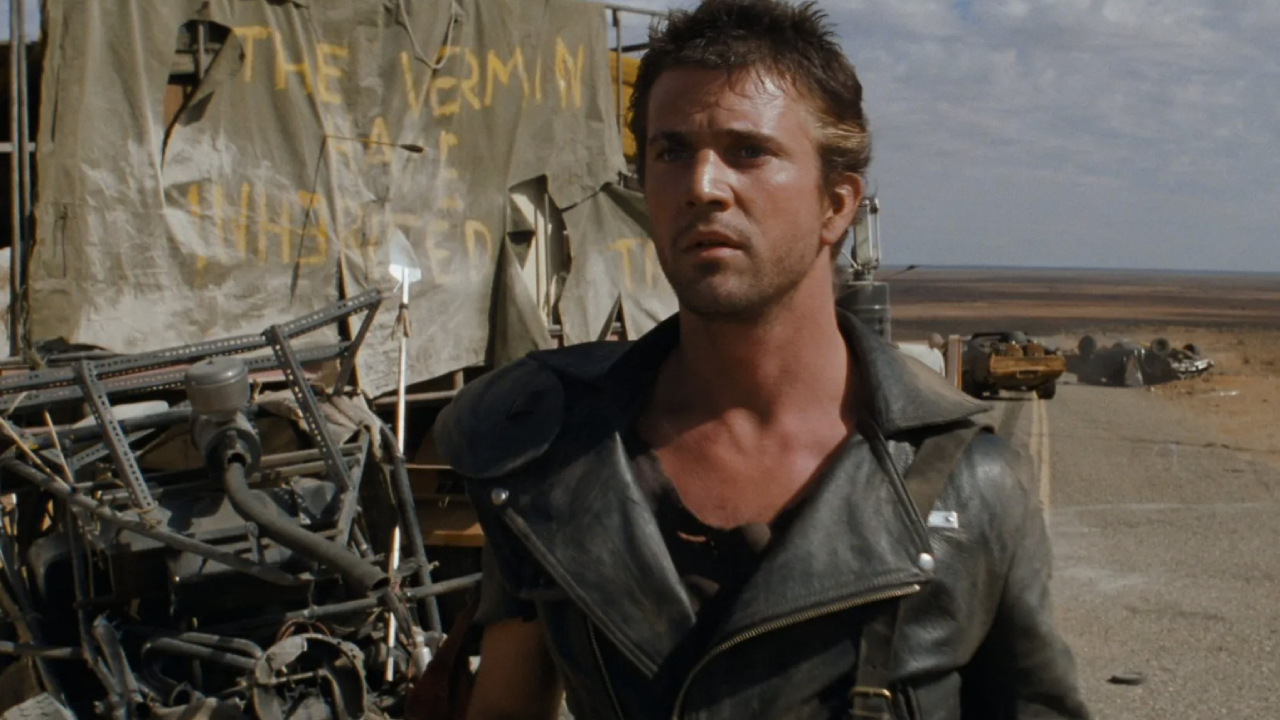
Depleting Resources And Economic Collapse (Mad Max Movies)
It is never explicitly stated in the Mad Max movies what caused Australia to become a barren, desert wasteland of fire and blood, but there are clues littered throughout George Miller's seminal franchise. The 1979 original depicts a near future with an increased crime rate while the following films show further decay resulting from a rapid loss of natural resources and a ruined economy.
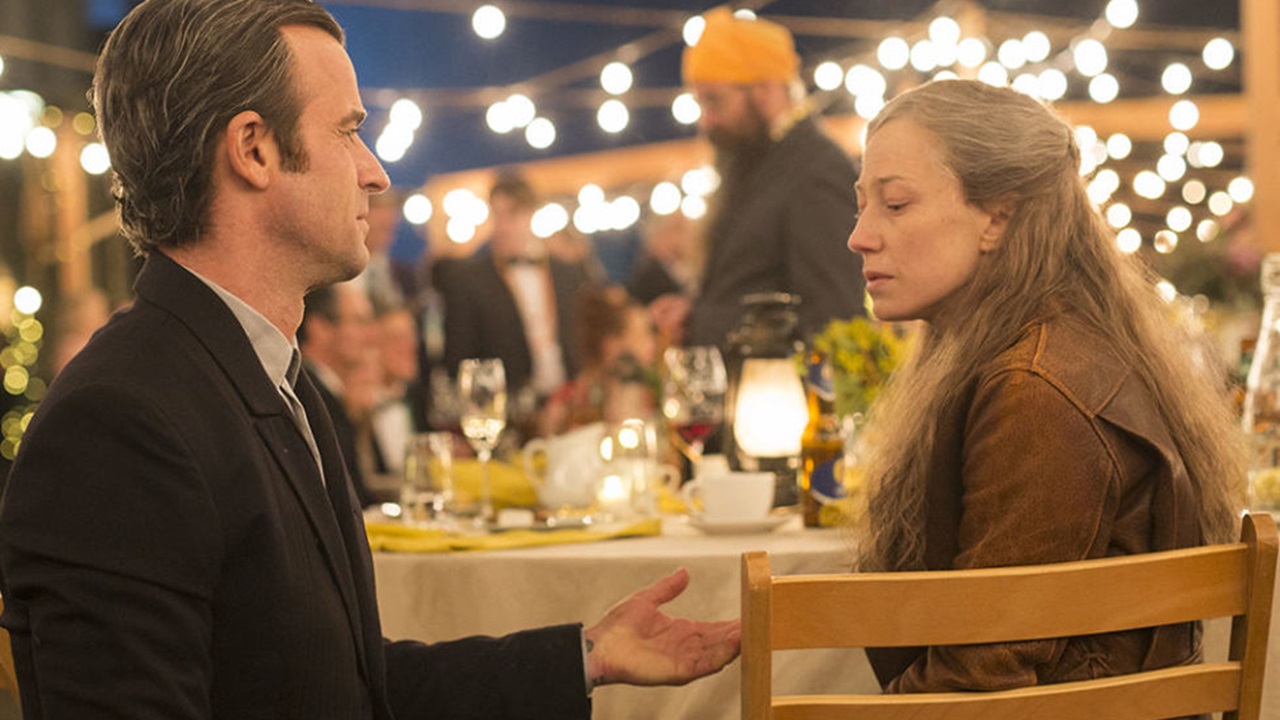
Disappearance Of 2% Of Mankind (The Leftovers)
Imagine if two percent of the world's population suddenly vanished from the face of the Earth. Tom Perotta's novel The Leftovers and co-developer Damon Lindelof's HBO series based upon it does not bother to ask how or why the rapture-esque event occurs but envisions how it would affect those who remain.
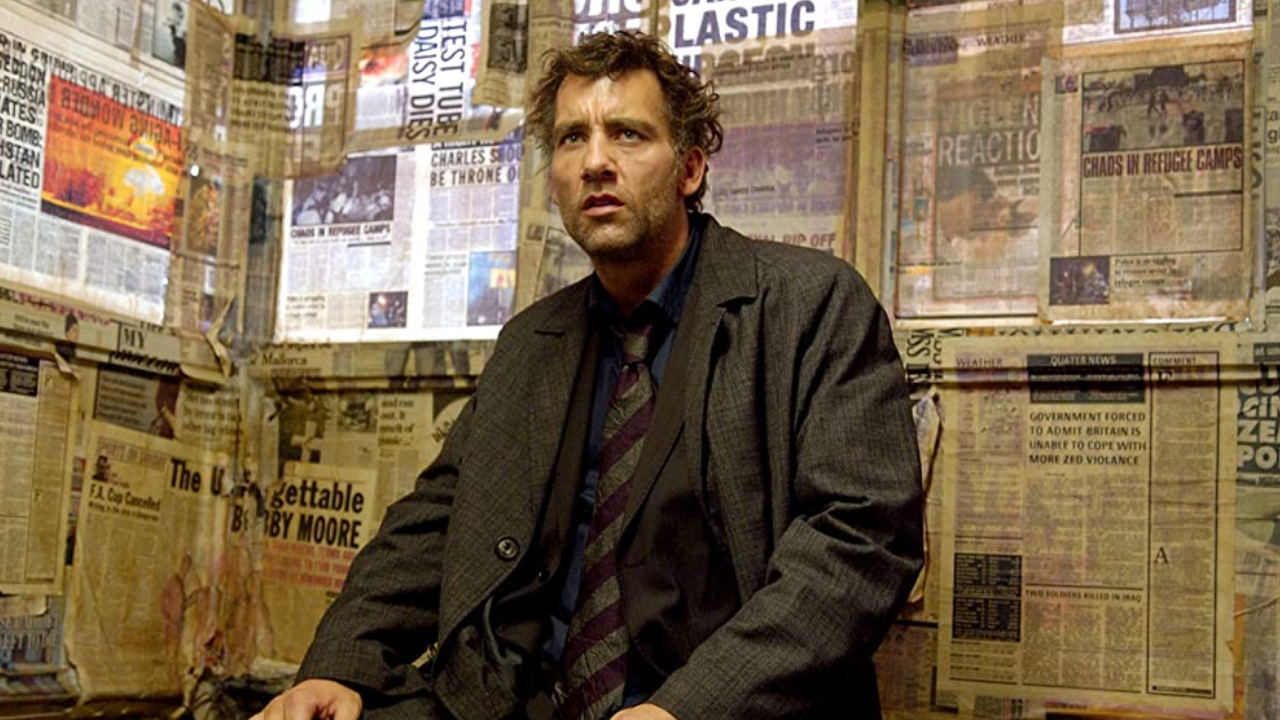
Infertility (Children Of Men)
One of the best movies of the 2000s, director Alfonso Cuarón's adaptation of P.D. James' novel, Children of Men, takes place in a dystopian future in which all women have mysteriously lost the ability to have children, ensuring the human race has an expiration date. However, when the first woman to become pregnant in years is discovered, Theo Faron (Clive Owen) is tasked with escorting her through a wartorn world and bringing her to safety.
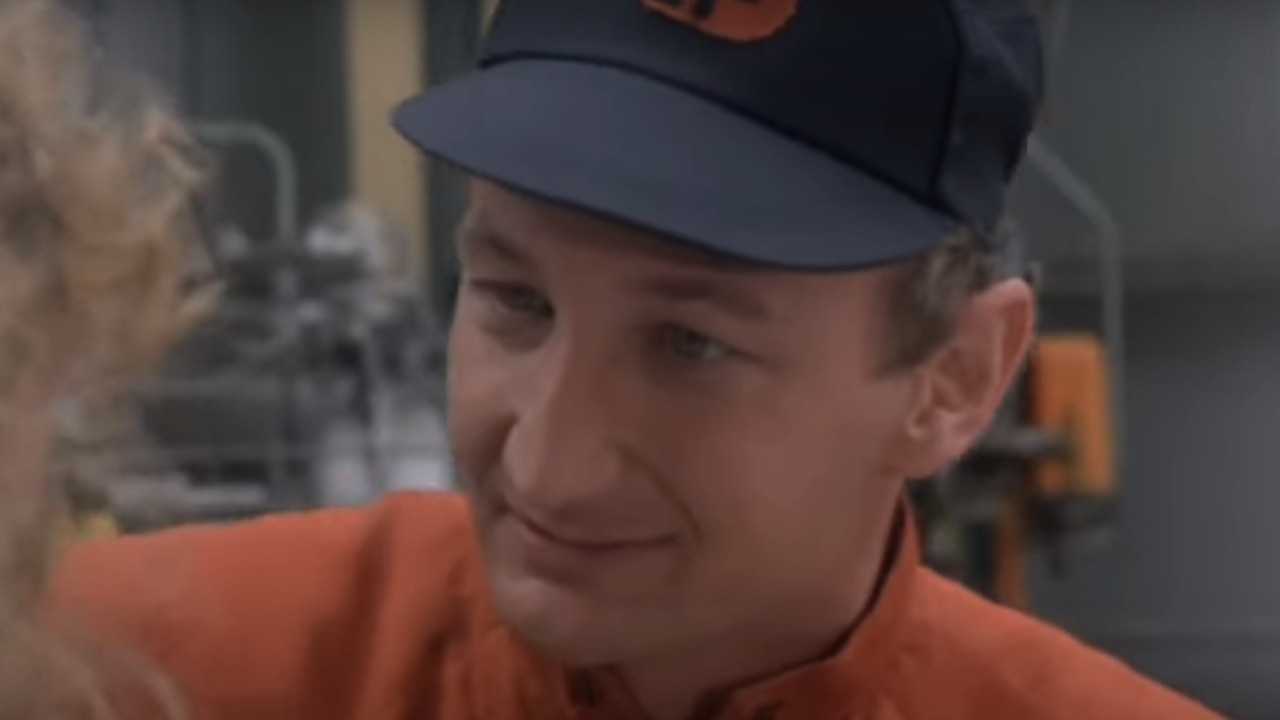
Extraterrestrial Infiltration (V)
While the antagonists of most alien invasion movies are pretty upfront about their intentions, the cult favorite miniseries V (and its subsequent series continuation, concluding miniseries called V: The Final Battle, and ABC's 2009 remake) flips the script a bit. Lizard-like creatures from another world don human-like disguises to gain mankind's trust, but their plans to deplete Earth's resources and feed on humans are later revealed.
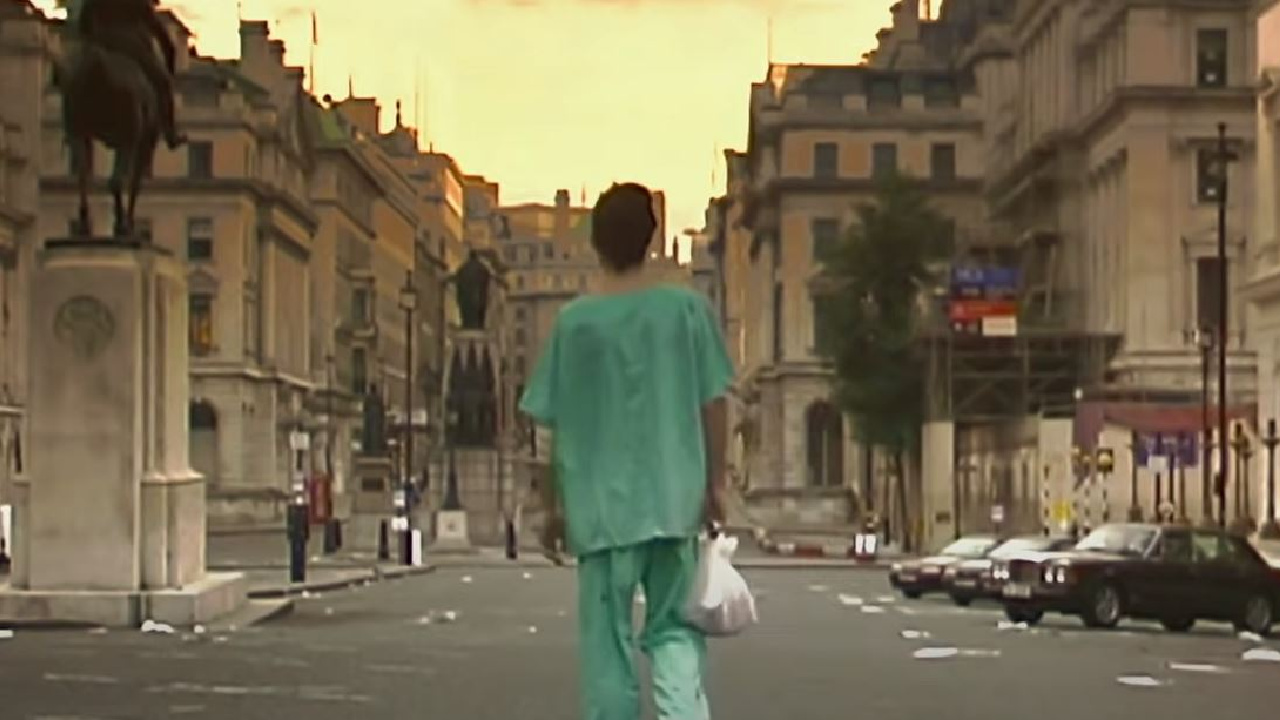
Mutated Strain Of Ebola (28 Days Later)
What makes 28 Days Later one of the most realistic zombie movies is that the infected are not the living dead, but are alive and not doing very well at all. In director Danny Boyle and writer Alex Garland's 2003 thriller, a strain of Ebola evolves into a highly contagious virus that instantly turns people into mindless beings of insatiable fury, leading to a mostly desolate London.
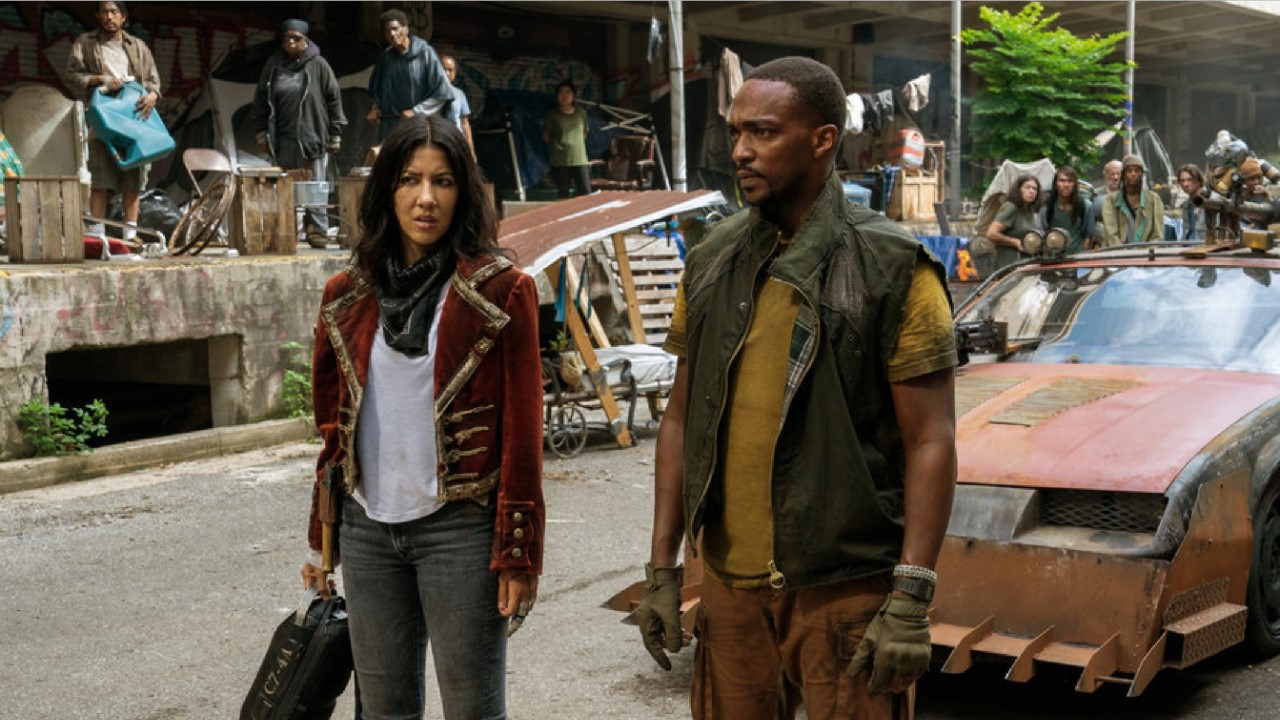
Technological Breakdown (Twisted Metal)
As the 1990s were coming to a close, people feared that once we entered the year 2000, all technology would fail, which is similar to the cyber attack that created the dystopian society in Twisted Metal. Peacock's series adaptation of the video game franchise stars Anthony Mackie as a delivery man traveling through the dangerous lands that exist outside of the walled-off fortresses where the last of the world's major cities stand.
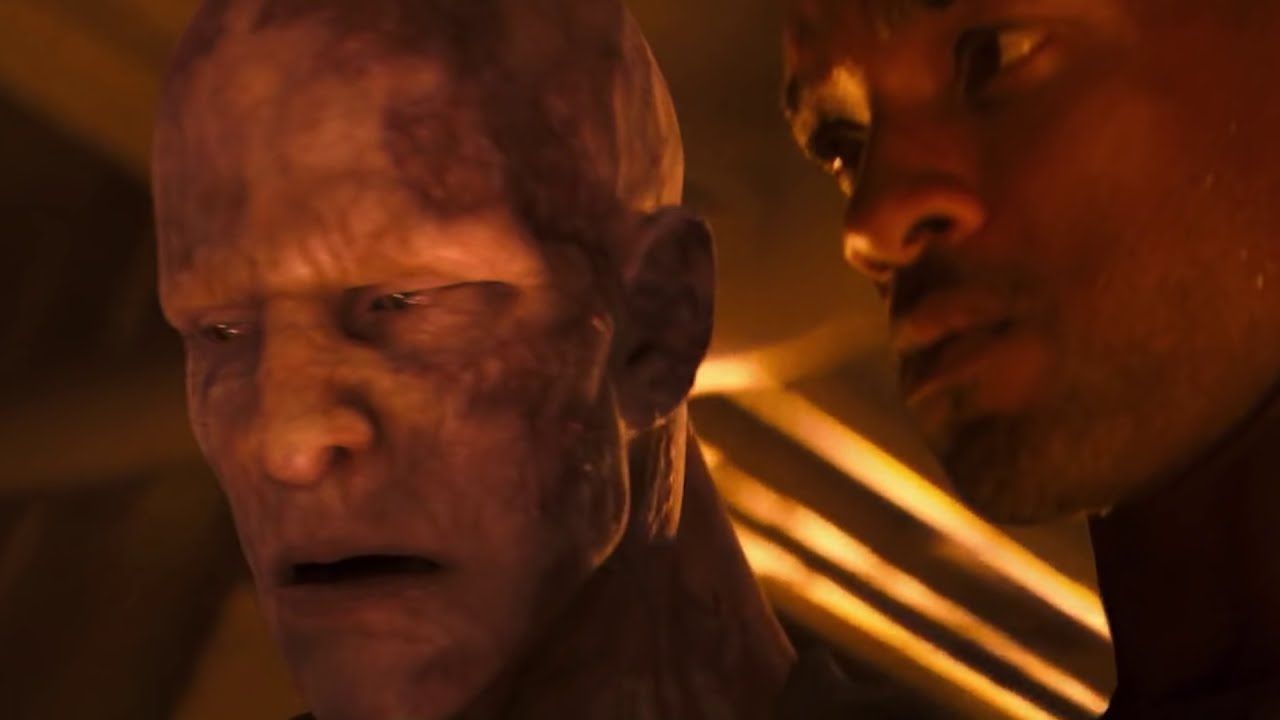
Darkseekers (I Am Legend)
One of Will Smith's best movies is 2007's I Am Legend, in which he plays Robert Neville, who believes he is the last human being alive, due to a virus that he helped create in an attempt to cure cancer. Instead, it turned those infected into nocturnal, zombie-like creatures referred to as "Darkseekers" that fed on the immune survivors, leading to the lonely Earth the doctor must endure on his own.
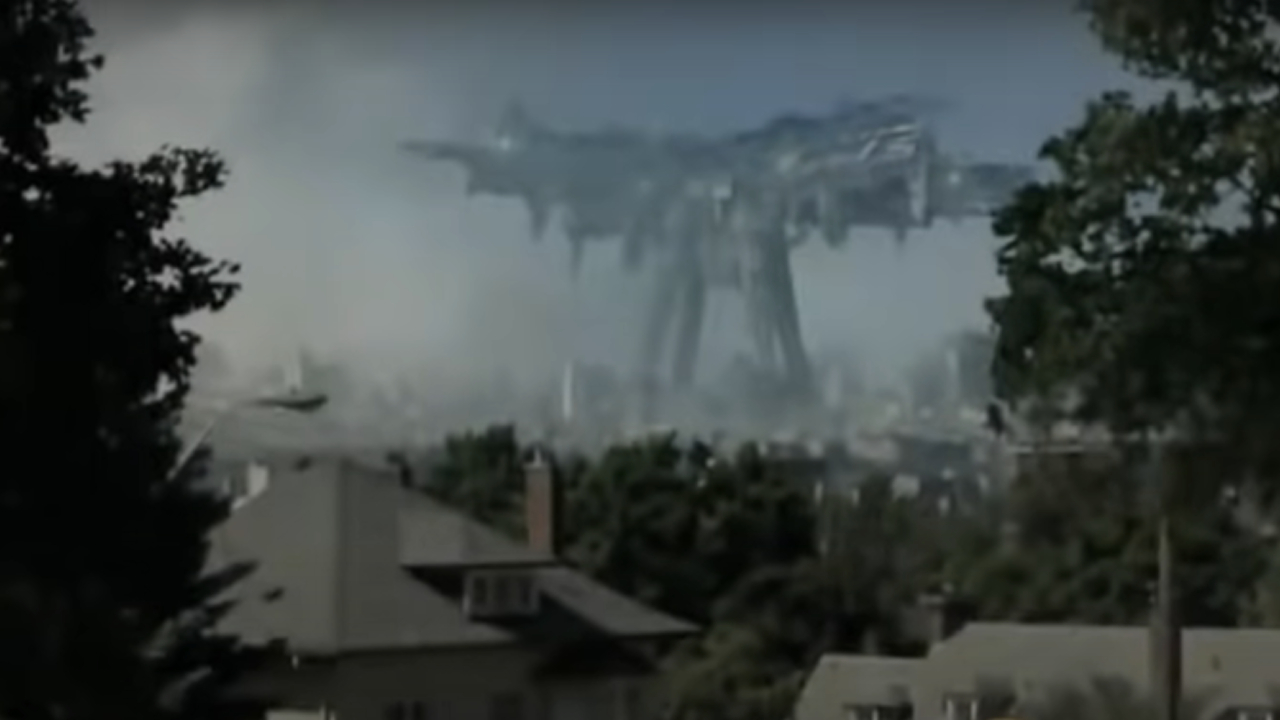
Alien Invasion (Falling Skies)
From producer Steven Spielberg, Falling Skies depicts the aftermath of extra-terrestrials coming to Earth and destroying all major cities, with the sole intention of extracting an Earthly resource that can power their technology. Noah Wyle leads the series, which ran for five seasons on TNT, as a former history professor who becomes a leading figure of mankind's resistance.
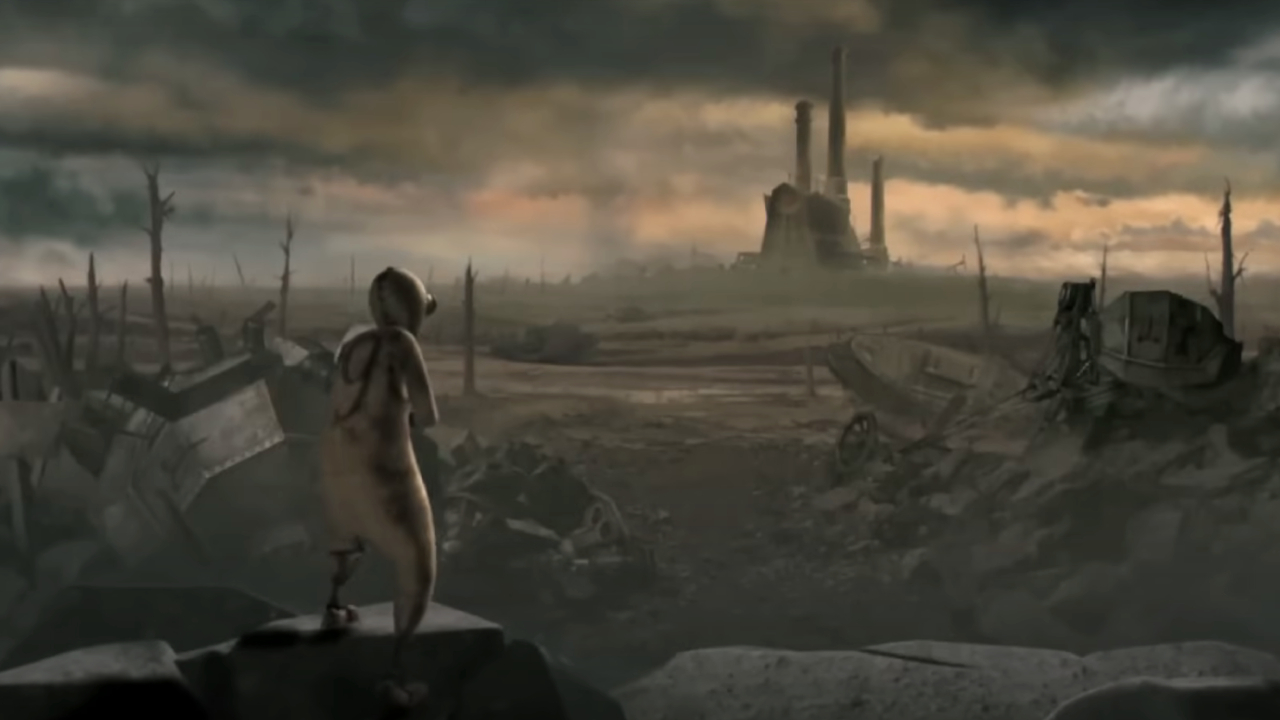
Evil Robot (9)
Director Shane Acker's Tim Burton-produced, feature-length adaptation of his animated short 9, which came out in 2009, begins after humanity is no more and the only living beings left are a group of nine sentient rag dolls. They were created by a scientist who was also forced by a fascist leader to build the robotic device that would end mankind known as B.R.A.I.N.
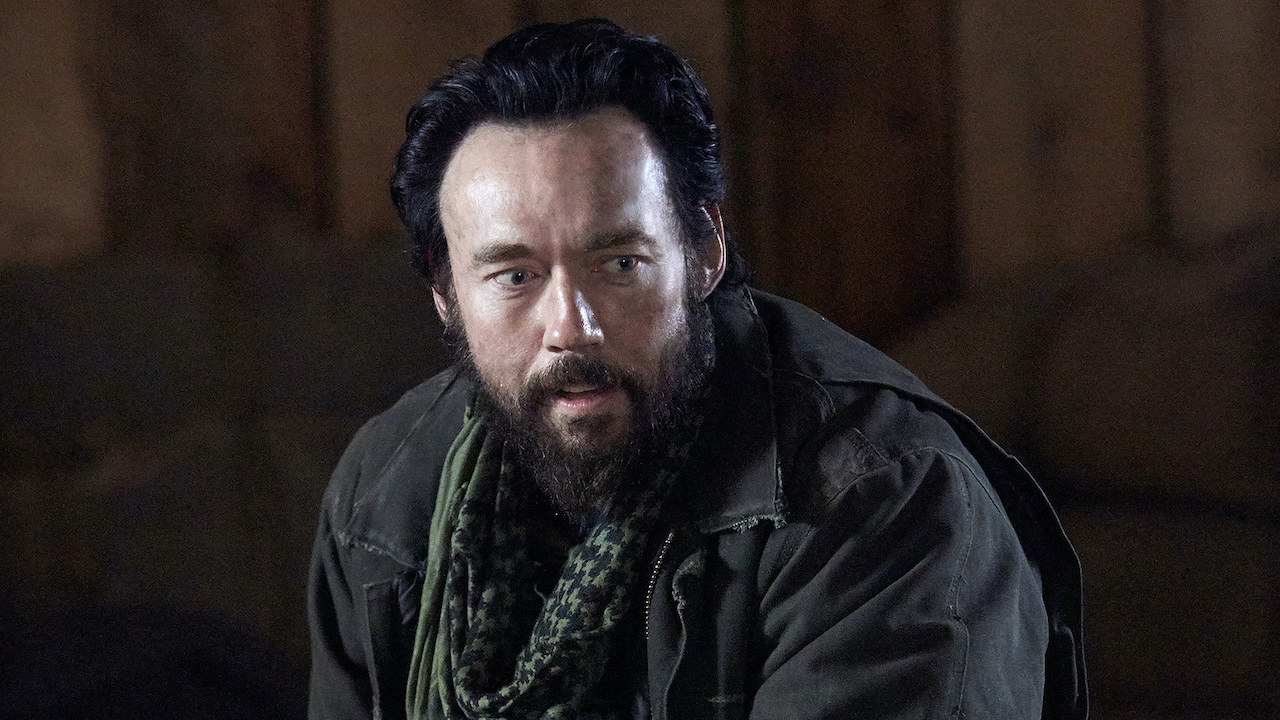
Vampires (The Strain)
In most vampire lore, the creatures typically keep to themselves, waiting until nightfall to feed on, maybe, one or two victims at a time. However, Guillermo del Toro and Carlton Cuse's FX TV show The Strain — also based on their series of novels — sees the bloodsuckers attempt world domination, leaving a small batch of unbitten survivors to hopefully bring light back into the world.
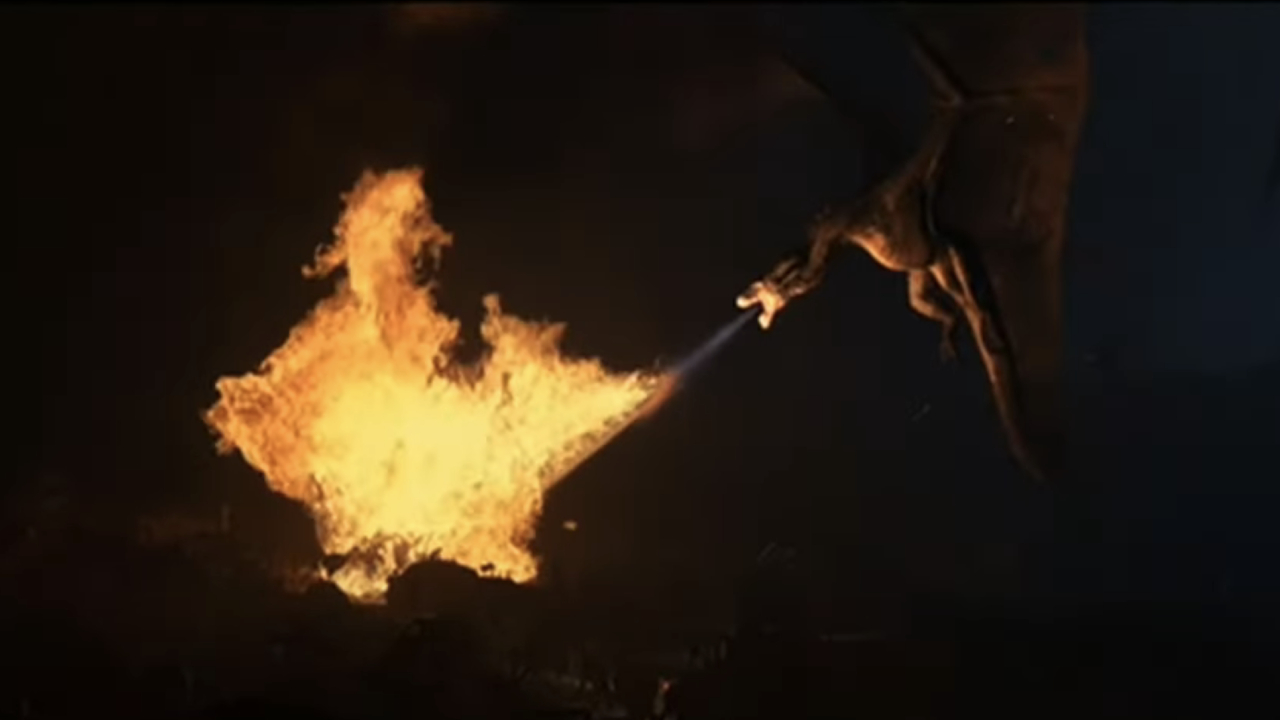
Dragons (Reign Of Fire)
We often associate dragons with stories set in a fantasy world and at a time way before modern technology existed. However, Reign of Fire, starring Matthew McConaughey and Christian Bale, imagines a near future in which most of humanity has been wiped out by the large, winged, fire-breathing beasts.
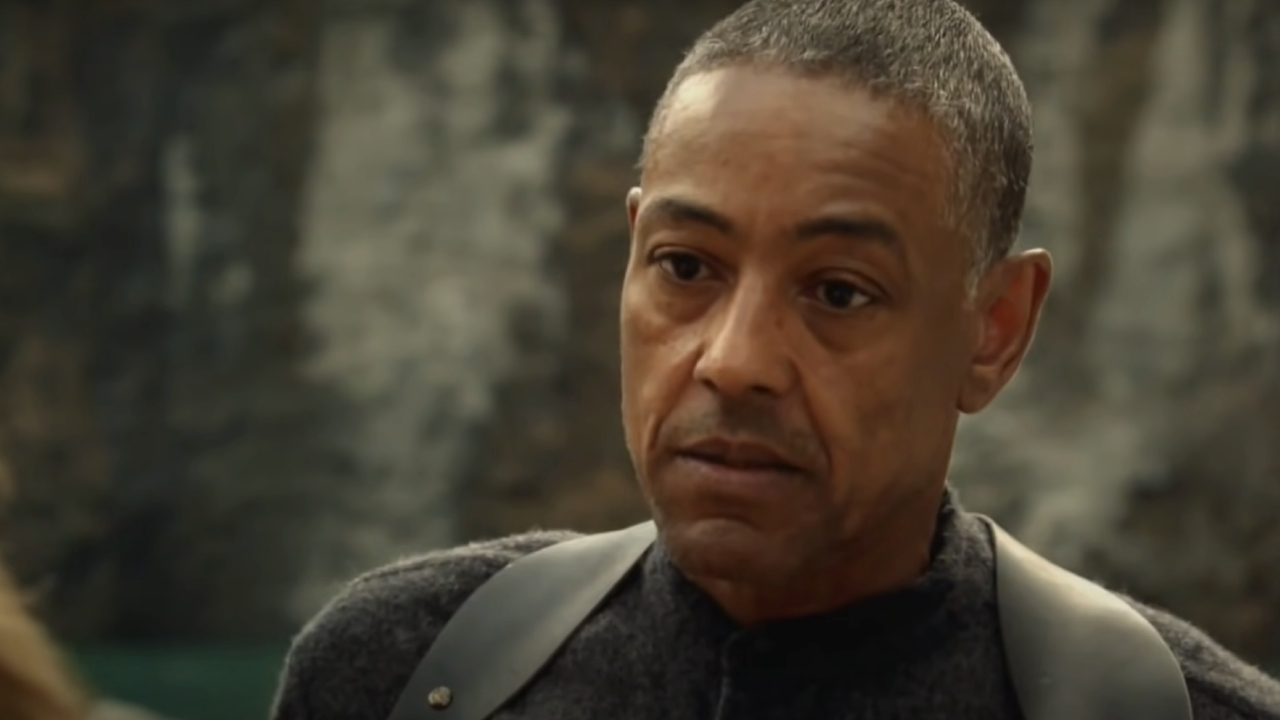
Global Loss Of Electricity (Revolution)
Creator Eric Kripke's NBC series Revolution takes place years after a worldwide blackout leaves humanity in a state of violent disarray. It would later be revealed that a highly advanced computer virus is what caused electricity to become extinct.
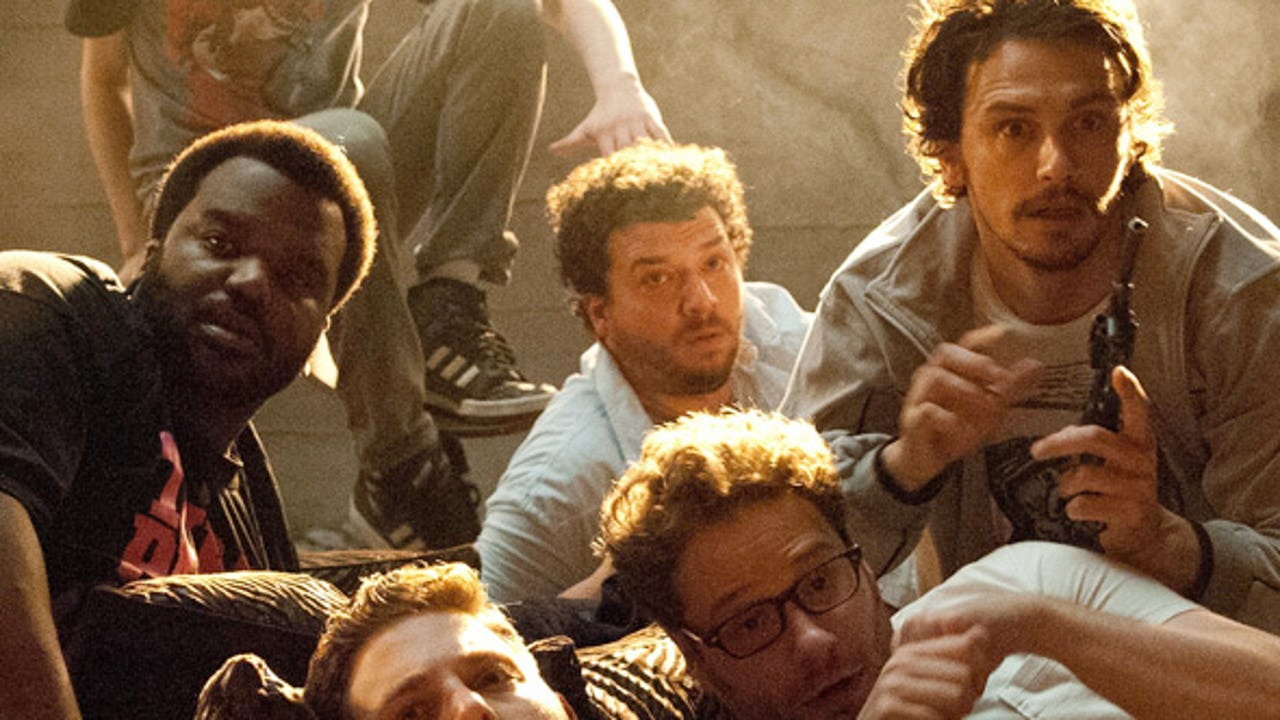
A Combination Of Things (This Is The End)
The point of the 2013 apocalyptic comedy This Is The End is really just to see celebrities like Seth Rogen, Jonah Hill, and Emma Watson poking fun at themselves. So, Rogen and co-writer and co-director Evan Goldberg do not harm the story one bit by throwing various doomsday scenarios at you, such as the Rapture, earthquakes, a sinkhole, and giant demons.
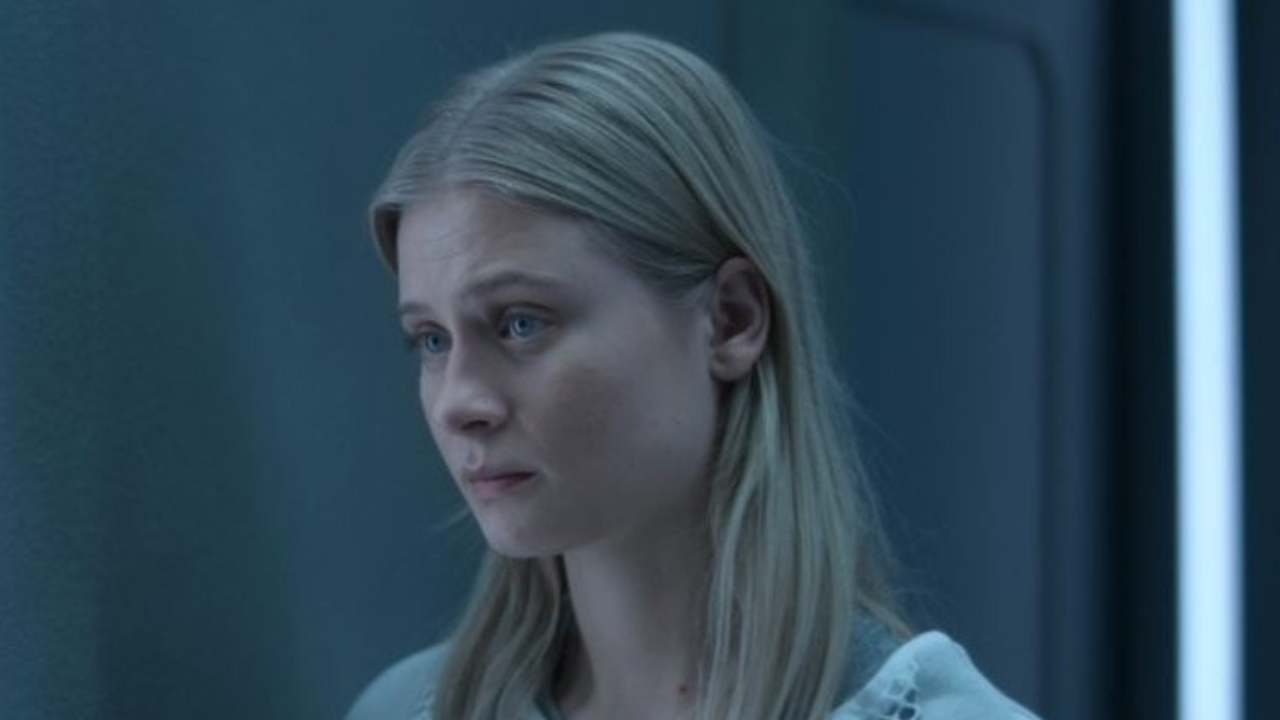
Virus Carried Through Precipitation (The Rain)
One of the best horror TV shows on Netflix is a Danish import called The Rain, in which the eponymous, common weather pattern becomes humanity's worst fear. The reason being: that anyone who is touched by rainfall immediately contracts a disease that proves deadly for most, but causes bizarre effects for others.
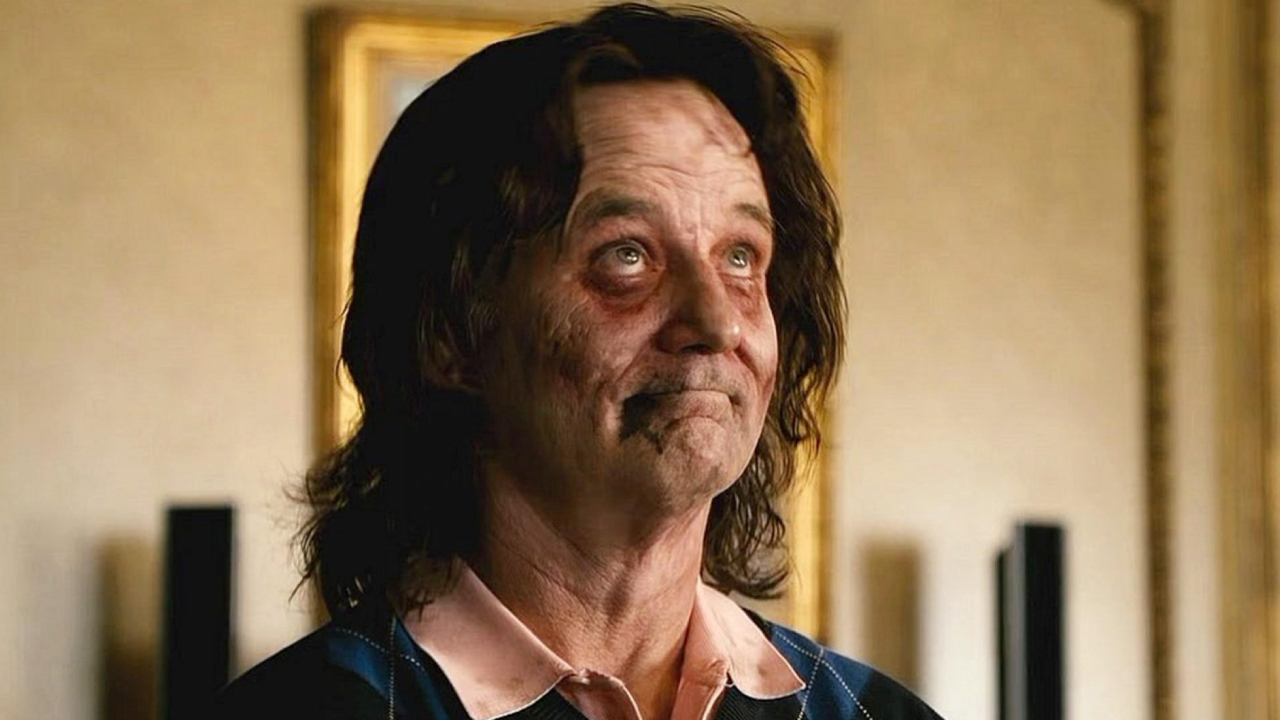
Zombie Outbreak Via Mad Cow Disease (Zombieland)
Most of the best zombie movies do not even bother to explain how the dead rise from their graves and pass on an appetite for human flesh through bites. Leave it to a horror comedy movie like 2009's Zombieland to come up with a source of the carnage, which Columbus (Jesse Eisenberg) reveals in his overhead narration to be a mutated strain of Mad Cow Disease.
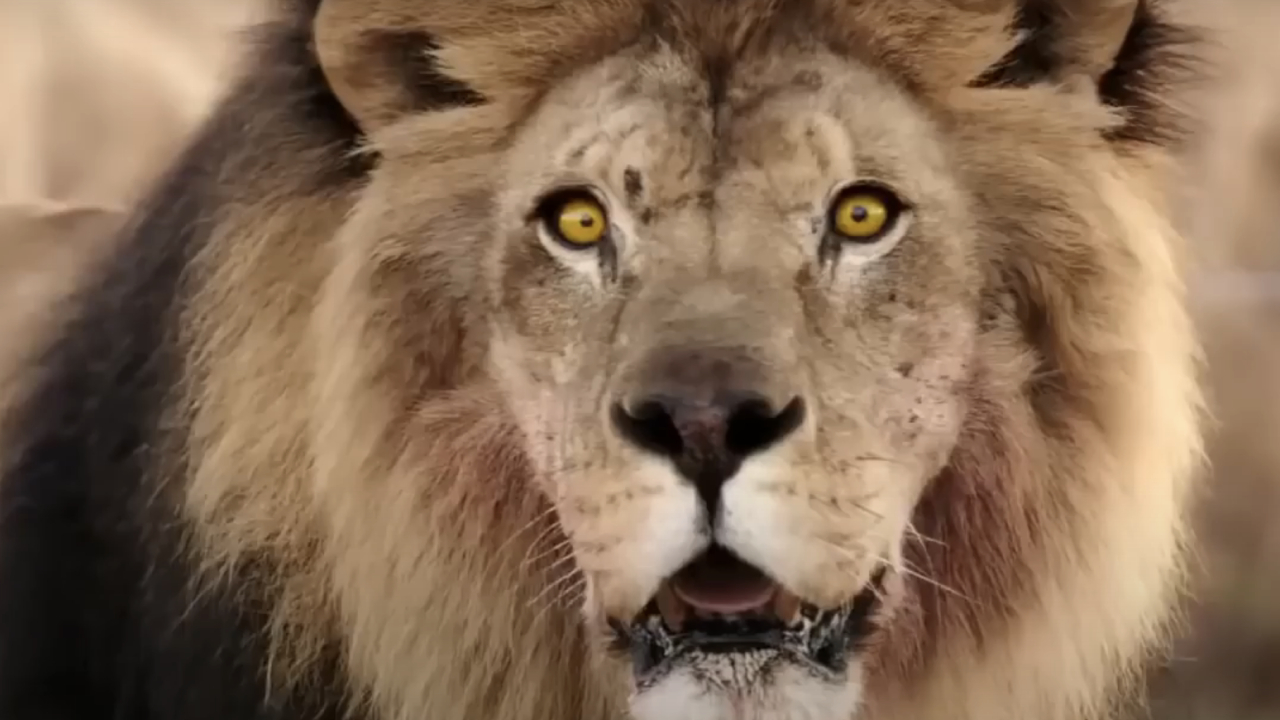
Global Animal Attacks (Zoo)
Animals lack ego, ambition, and other qualities that keep humanity at the top of the food chain, but what if they suddenly gain a desire to take the planet back? Authors James Patterson and Michael Ledwidge envisioned this scenario in their 2012 novel, Zoo, which was later adapted into a short-lived CBS series of the same name.
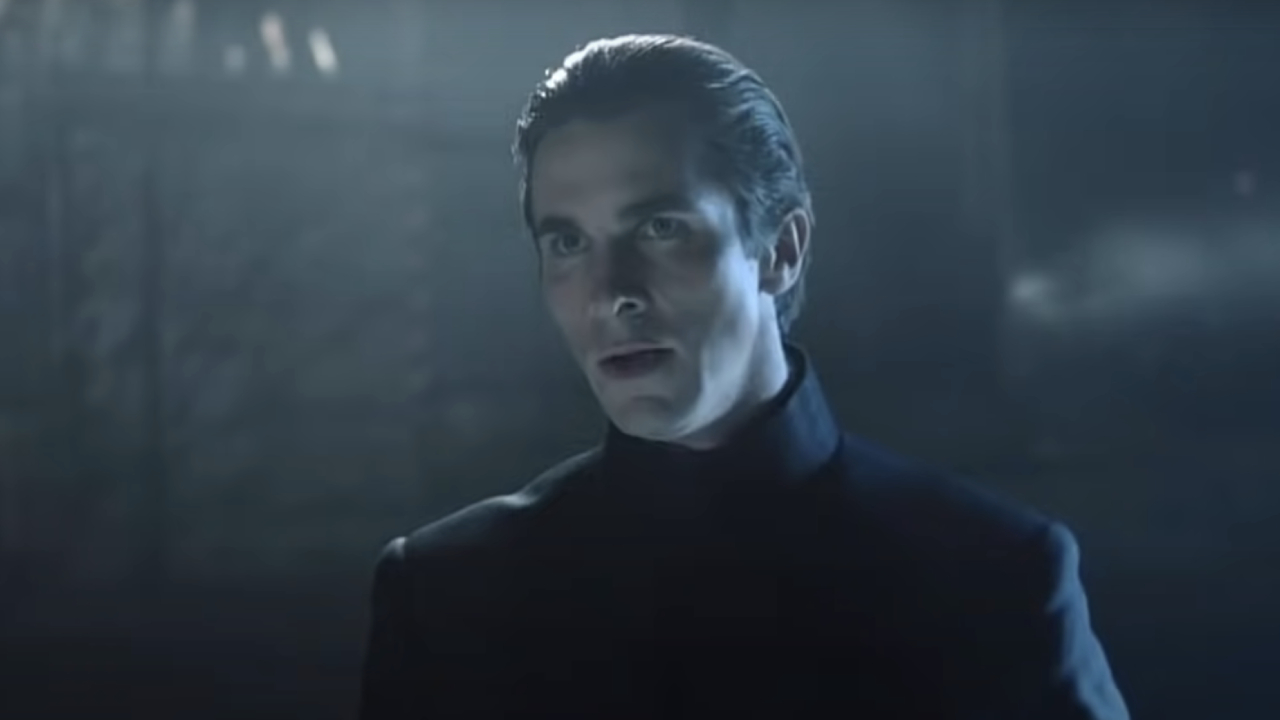
World War III (Equilibrium)
Writer and director Kurt Wimmer's Equilibrium imagines a society in which, in the aftermath of a brutal third World War, human emotion is medically suppressed by law, in addition to all art being banned. Yet, when John Preston (Christian Bale), whose profession involves maintaining order in his dystopian society, accidentally misses a dose, the emotional response leads him to join a resistance against his totalitarian state.
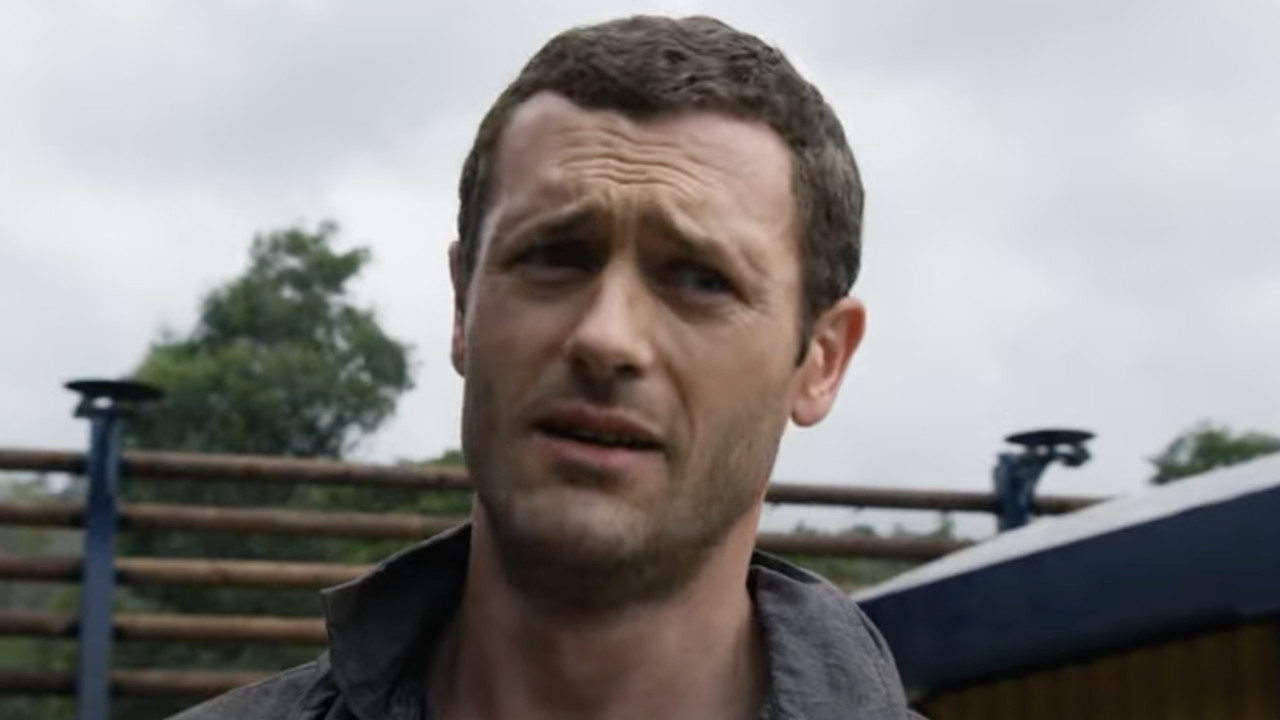
Overpopulation And High Pollution (Terra Nova)
With the world's population rising rapidly and the environment suffering as a result, an ordinary family searches for a new place to call home. They find what they need by traveling back to prehistoric times and joining Terra Nova, which is the eponymous colony from Fox's short-lived sci-fi series.
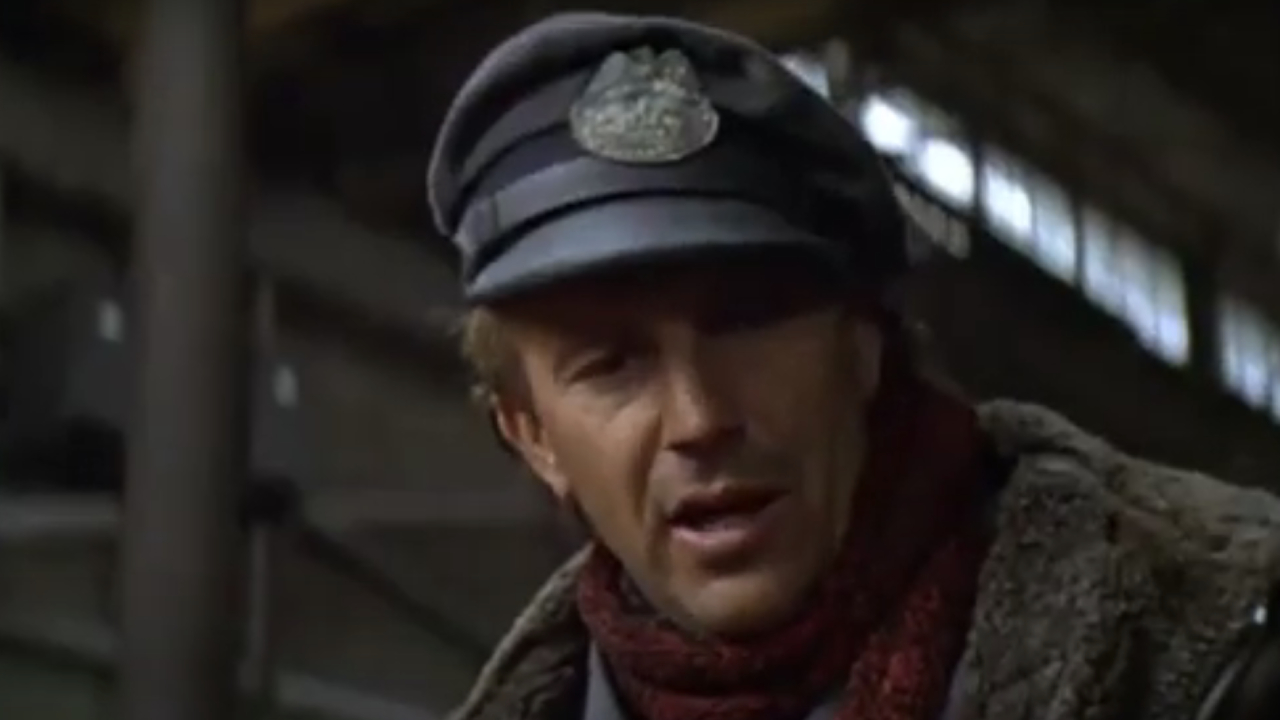
Vanishing Technology And Government (The Postman)
If you missed the opening caption that indicates The Postman takes place 16 years in the future, you might be quick to assume this dystopian sci-fi flick is just another Kevin Costner-led Western. While the initial cause of the apocalypse in the 1997 thriller is never made clear, its lingering aftermath involves the complete erasure of modern technology, leaving people to travel by horse, for instance, and a rise in neo-feudalism.
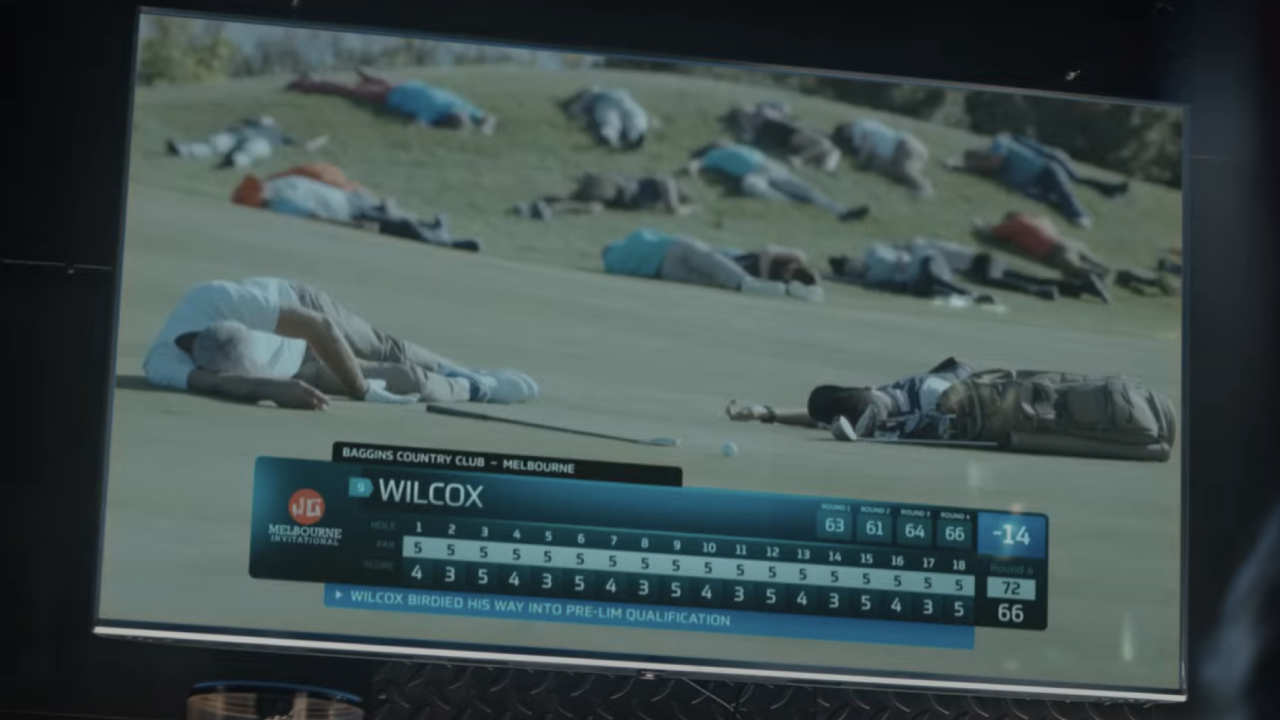
Deadly Exposure To Sunlight (Into The Night)
In Netflix's Belgian sci-fi series Into the Night, the radiation from the Sun becomes too intense for humanity to withstand, causing anyone exposed to its light to drop dead where they stood. This event forces a group of airline passengers to fly wherever the sun has not risen for as long as they can.
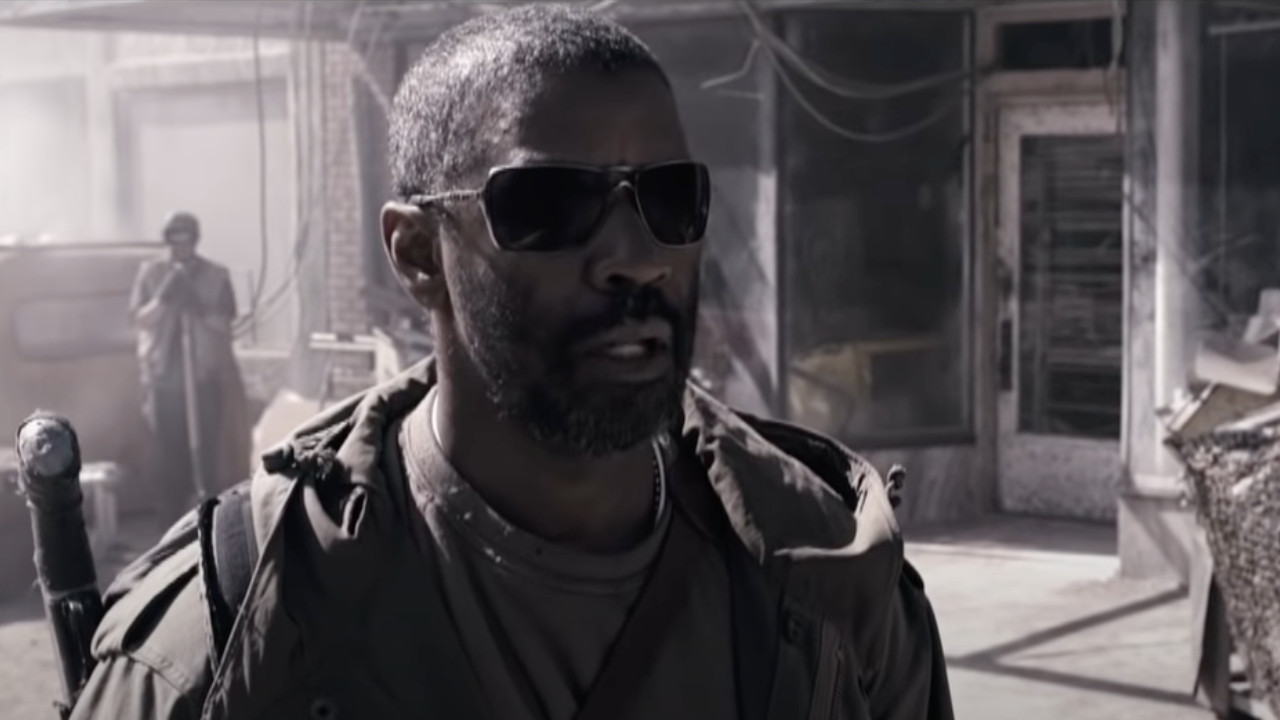
Nuclear Holocaust (The Book Of Eli)
The desolate world from 2010's The Book of Eli was brought on by a nuclear disaster that caused a wide depletion of most natural resources... and religion, too. Denzel Washington stars in the title role of a drifter on a mission to bring the last Bible in existence to the right people, if he can survive the treacherous dystopian landscape.
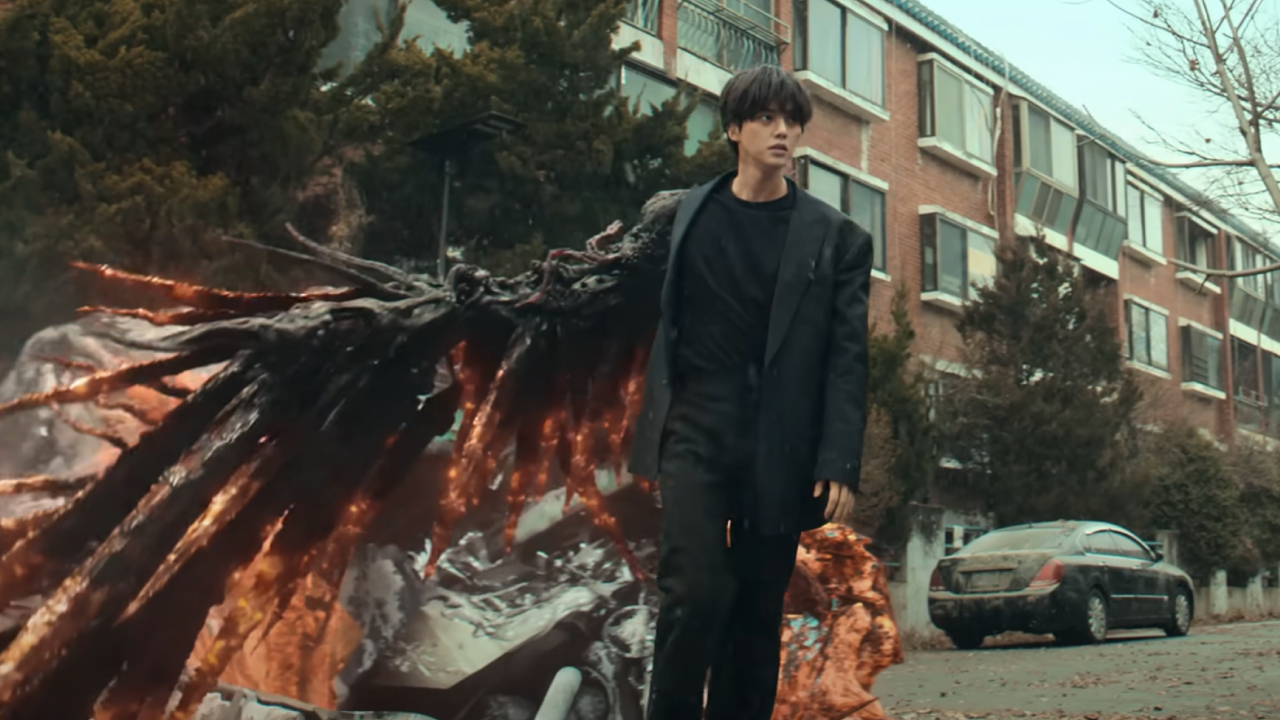
Monsterization (Sweet Home)
Netflix's live-action adaptation of the webtoon Sweet Home takes place in a version of South Korea eradicated by a virus that turns humans into bizarre creatures in a process referred to as "monsterization." The series' hero, Cha Hyun-su (Song Kang), becomes infected by this disease in Season 1, but is one of the few to maintain human characteristics amid his transformation.

Jason Wiese writes feature stories for CinemaBlend. His occupation results from years dreaming of a filmmaking career, settling on a "professional film fan" career, studying journalism at Lindenwood University in St. Charles, MO (where he served as Culture Editor for its student-run print and online publications), and a brief stint of reviewing movies for fun. He would later continue that side-hustle of film criticism on TikTok (@wiesewisdom), where he posts videos on a semi-weekly basis. Look for his name in almost any article about Batman.
